Abbaye de Cluny (Cluny Abbey)
One of the most powerful religious centers in the Middle Ages, dubbed the founder of Western monasticism.
Located in the Saône-et-Loire Departement in France, the Abbey of Cluny was one of the most powerful religious centers in the Middle Ages and has been deemed the founder of Western monasticism. Built in the 10th century, the basilica was the world’s largest church before the creation of St. Peter’s Basilica in Rome—and one of the wealthiest.
The Abbey was founded in 910 when William I, Duke of Aquitaine, donated a large piece of land to found a Benedictine Monastery. It included cultivated and uncultivated land, vineyards, woods, fields, meadows, waters, mills and serfs. Then in an unusual move, William I resigned all power over the Abbey, leaving control of the place to the Abbots, which meant that Cluny was practically independent.
This lead to another novelty. The order in Cluny lived the opposite of the Benedictine tradition. They developed a form of government in which Cluny became the leader, creating a large order with several priories, the so-called Cluniac Houses, who had to answer to the Abbot of Cluny. At the best times about 1,200 priories with around 200,000 monks belonged to the system of Cluny. The Abbey of Cluny became rich.
The Benedictine monks, usually an order who work and pray, now only prayed. The decadence grew and Cluny, now the wealthiest monastery of the Western world, took in workers and managers for everything that had to be done. Forgetting the monastic ideal of frugal live, the churches of Cluny were decorated with gold, silver and gems, the monks feasted on the best of foods and wine, and they wore only the best habits, made from the finest materials available. However they also gave generously to the poor.
In the 13th century the Abbey started to run into economic problems. It lost its independency and came under the influence of the French kings. The Abbey was not able anymore to elect their Abbot and in the 15th century the King of France appointed people to the position who did him personal favors. The fall of Cluny started in the 17th century, when the monastery became part of the reformation order. At that time many of the old buildings were replaced by baroque buildings. With the French Revolution came the end of the monastery. The Order was abolished and the properties confiscated. Nevertheless, the buildings remained intact and untouched. Around 10 years later, in 1810, Napoleon had large parts of the Abbey blown up.
Today you can see the remains of the grand 10th century Abbey Basilica, including some chapels, walls, towers and stairs, strewn throughout the village of Cluny. The former church was transferred into a museum, telling the story of Cluny in its glory days.
Know Before You Go
Opening Hours: October to March: 9.30 a. m. to 5.00 p. m. April to June and Septemer: 9.30 a. m. to 6.00 p.m. July and August: 9.30 a.m. to 7.00 pm Closed on 1st January, 1st May, 1st and 11th November and 25th of December Entrance Fees: Adults: 9.50 € Disabled and their attendant: free under 18: free European Union citizens 18 - 25: free












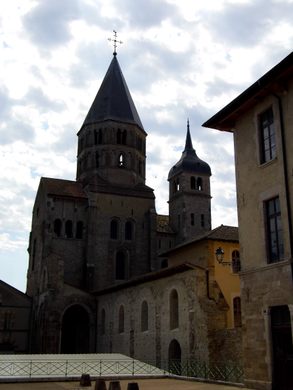







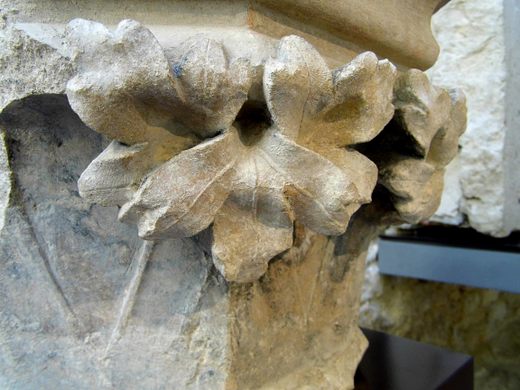








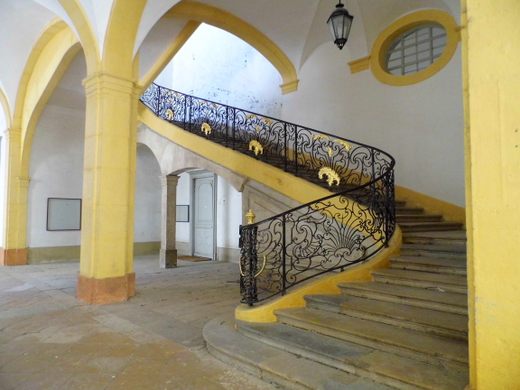












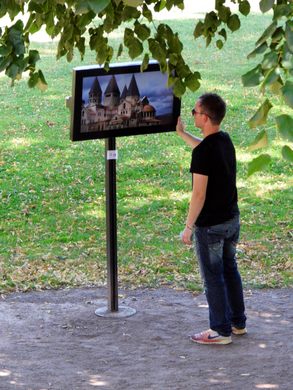



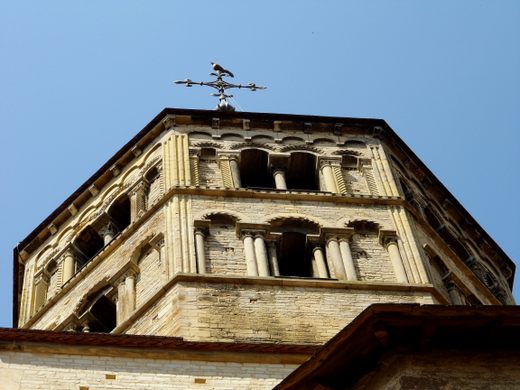

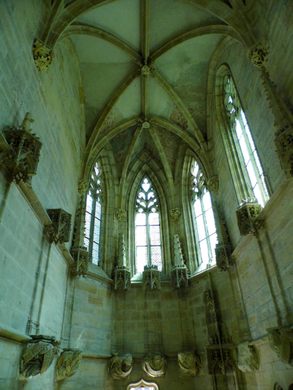






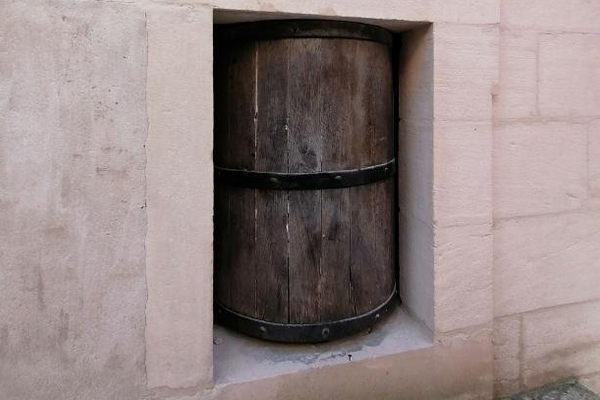




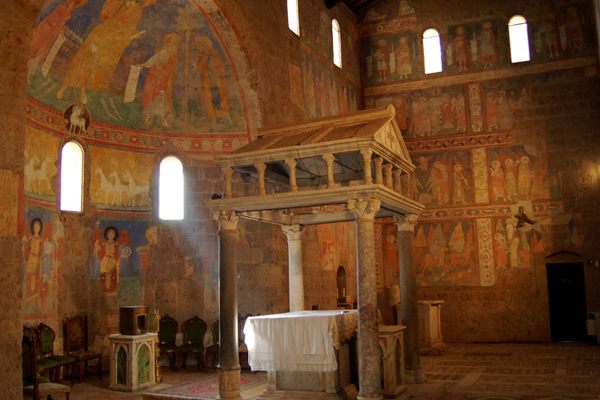


Follow us on Twitter to get the latest on the world's hidden wonders.
Like us on Facebook to get the latest on the world's hidden wonders.
Follow us on Twitter Like us on Facebook